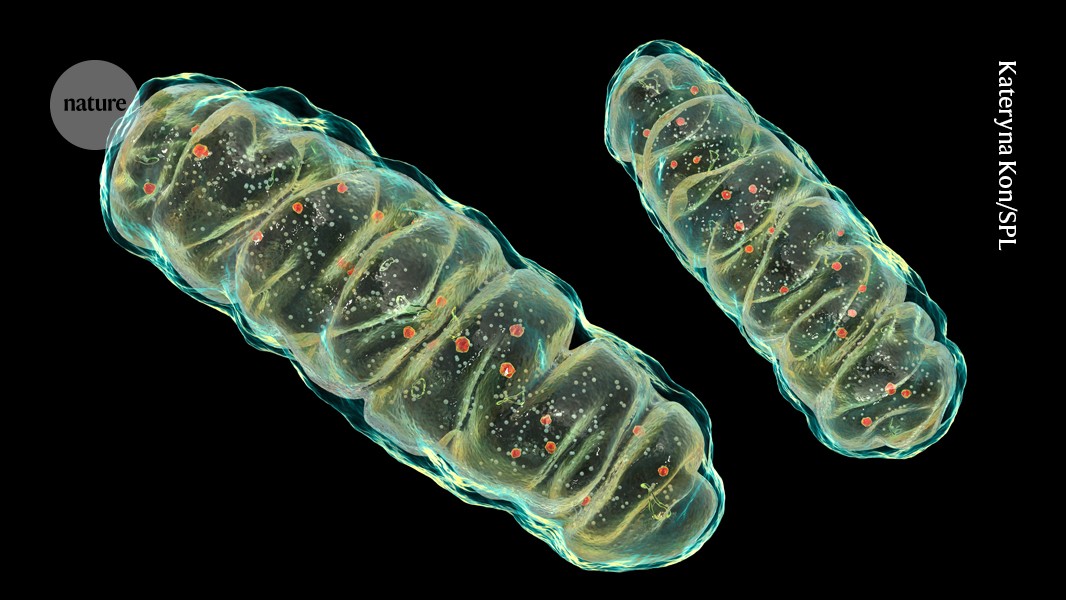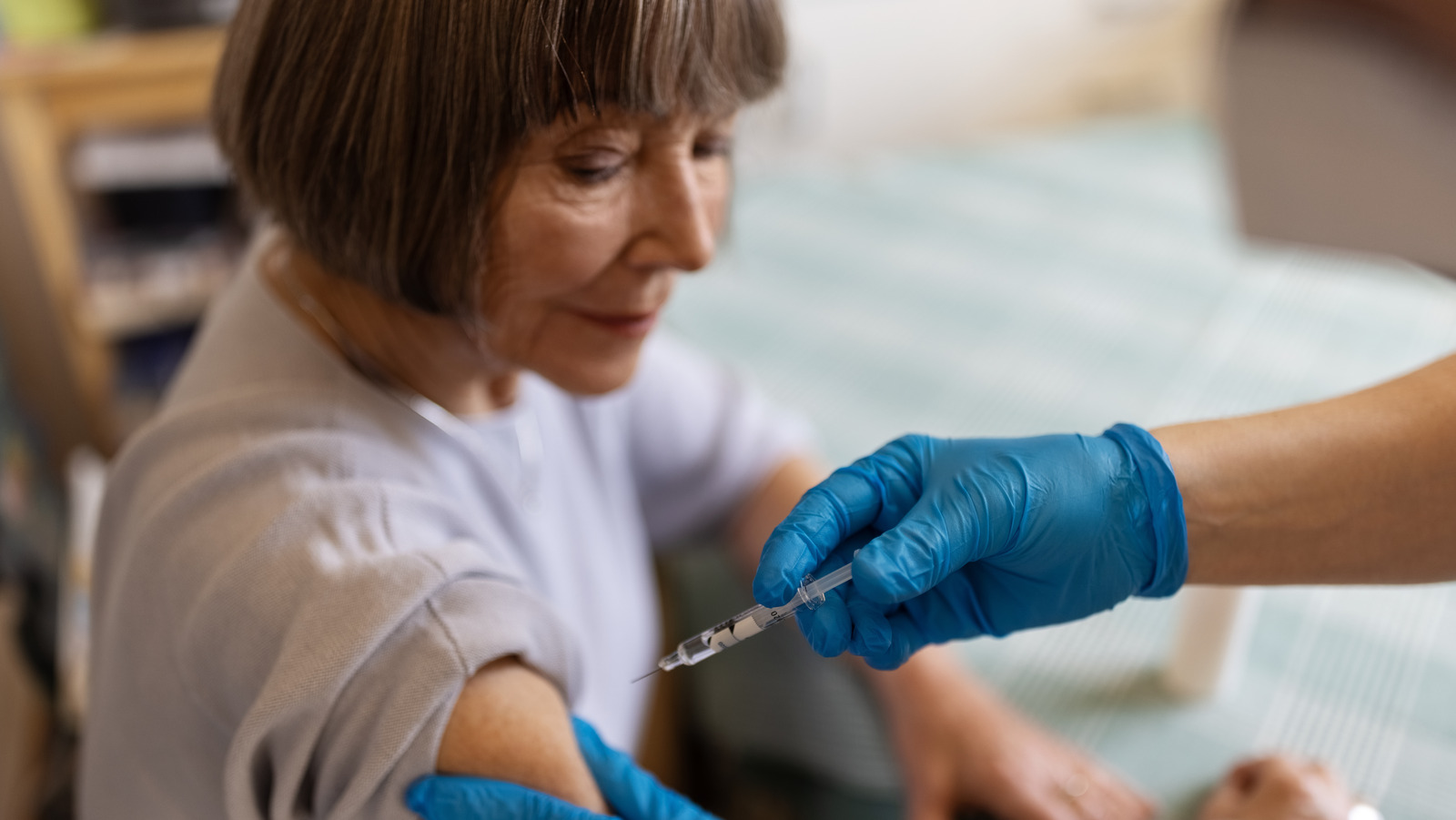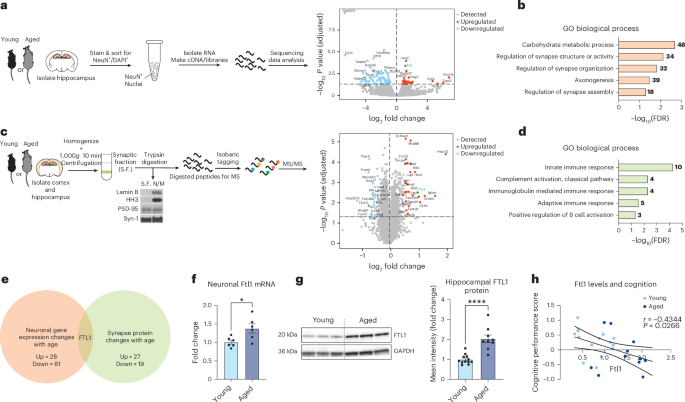Mitochondria (illustration) have their own DNA, which they expel into their environment if the molecules don’t meet their standards.Credit: Kateryna Kon/Science Photo Library The cellular batteries known as mitochondria sometimes dump DNA into their surroundings, which can contribute to inflammation during ageing. Now a study in mice reveals why this dumping occurs: mitochondria are expelling ‘tainted’ DNA1. Scientists found that, …
Read More »Tag Archives: agerelated
The Shingles Vaccine May Be Helpful In Preventing A Common Age-Related Illness
Luis Alvarez/Getty Images Truth: You don’t want to get shingles, the condition that occurs when the dormant virus that causes chickenpox reactivates. Often, it leads to painful rashes and blisters. (Which makes the crazy, frustrating symptomatic itching of chickenpox seem like a walk in the park.) Fortunately, there’s a fast way to lower your …
Read More »Blocking Protein Reverses Age-Related Memory Loss
Summary: Aging disrupts memory by increasing levels of the protein FTL1 in the hippocampus, new research shows. In mice, excess FTL1 caused neurons to grow abnormally and led to memory decline, while reducing FTL1 reversed these impairments. Old mice with suppressed FTL1 regained youthful neural connections and performed better on memory tasks. The findings suggest that blocking FTL1 may open …
Read More »Targeting iron-associated protein Ftl1 in the brain of old mice improves age-related cognitive impairment
Animal models The following mouse lines were used: C57BL/6J mice (The Jackson Laboratory, line 000664), C57BL/6 aged mice (National Institutes of Aging) and B6;129-Gt(ROSA)26Sortm1(CAG-cas9*,-EGFP)Fezh/J (The Jackson Laboratory, line 024857). All studies were done in young (2–3 months) or aged (18–22 months) male mice that were not involved in any previous procedures. The numbers of mice used to result in statistically significant differences …
Read More »


